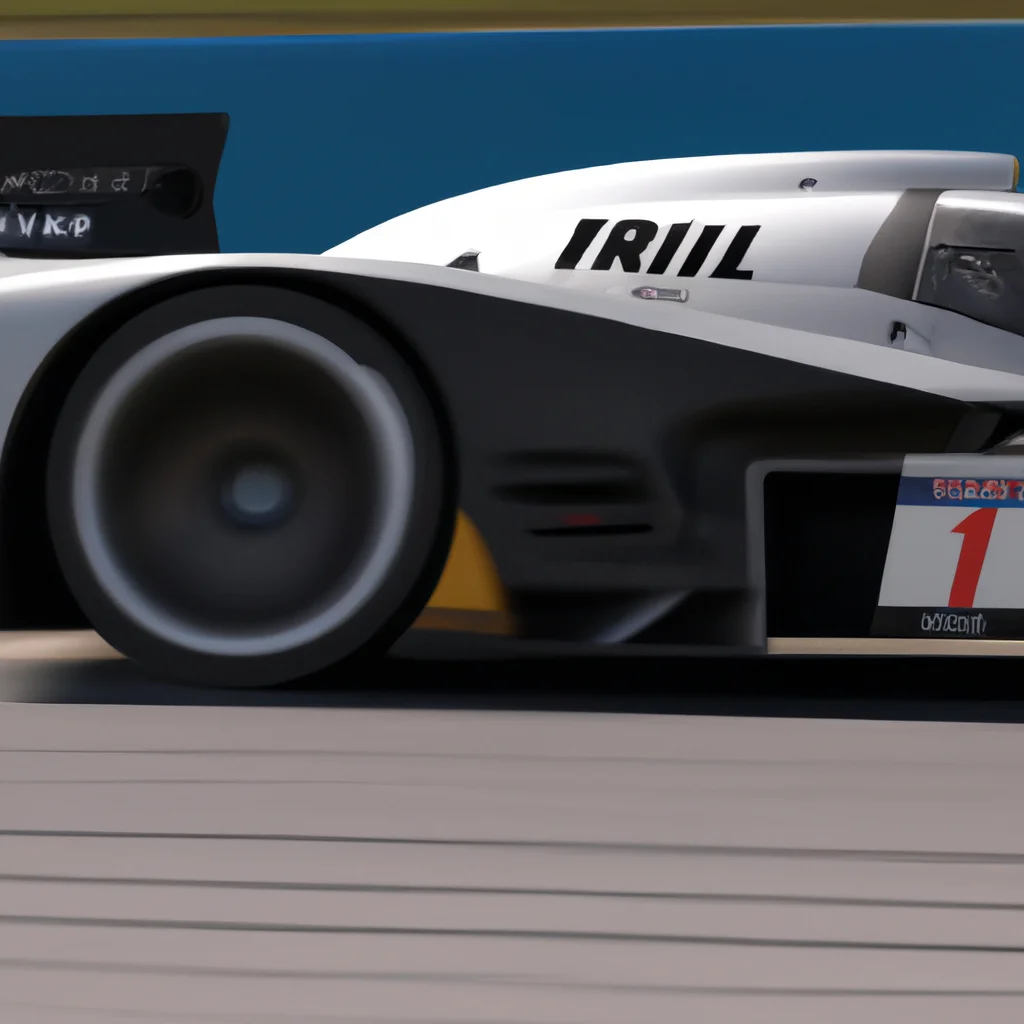What are the principles of aerodynamics in race car design?


What are the principles of aerodynamics in race car design?
Aerodynamics is a critical aspect of race car design. It plays a vital role in determining a vehicle’s performance on the racetrack. To optimize the speed of a race car, engineers must consider the principles of aerodynamics. In this article, we will explore the principles of aerodynamics in race car design, including vehicle performance, drag reduction, downforce, airfoil, wind tunnel testing, and speed optimization.
Vehicle Performance
Aerodynamics has a significant impact on a race car’s performance. The way air flows around a vehicle affects its top speed, acceleration, and handling. To maximize performance, engineers need to consider how the car interacts with the air around it.
Drag Reduction
One of the primary principles of aerodynamics in race car design is drag reduction. Drag is the force that opposes motion through a fluid, such as air. The more drag a car experiences, the harder it is to move through the air. To reduce drag, engineers design cars that have smooth curves and contours that minimize airflow disruption. Streamlining the body of a car reduces the drag coefficient, which is a measure of how much resistance a car experiences as it moves through the air. A lower drag coefficient means the car can move faster and more efficiently.
Downforce
Another essential principle of aerodynamics in race car design is downforce. Downforce is the force that pushes a car towards the ground. It is essential for maintaining traction and stability at high speeds. When a car moves through the air, the air flowing over the top of the car creates a low-pressure area. This low-pressure area creates a lifting force that can reduce the car’s traction. Engineers use airfoils, also known as wings, to create downforce and counteract the lifting force. Airfoils generate downforce by creating a high-pressure area under the car and a low-pressure area above it. This helps to keep the car stable and improve handling at high speeds.
Airfoil
Airfoils are a critical component of race car design. They are designed to create downforce and reduce drag. The shape of an airfoil is critical to its effectiveness. Airfoils are typically designed with a curved upper surface and a flat or slightly curved lower surface. The curved upper surface creates a low-pressure area, which generates downforce. The flat or slightly curved lower surface allows air to flow smoothly under the airfoil, reducing drag. Engineers use wind tunnel testing to optimize the design of airfoils and other aerodynamic components.
Wind Tunnel Testing
Wind tunnel testing is a critical tool for optimizing the aerodynamics of a race car. A wind tunnel is a device that simulates the airflow around a car. Engineers use wind tunnel testing to evaluate the effectiveness of different aerodynamic components and optimize their design. During wind tunnel testing, a model of the car is placed in a wind tunnel, and air is blown over it at different speeds. Sensors measure the airflow and provide data on the car’s performance. Engineers use this data to optimize the design of the car’s body, airfoils, and other aerodynamic components.
Speed Optimization
The ultimate goal of aerodynamics in race car design is speed optimization. By reducing drag and creating downforce, engineers can create a car that is faster and more stable at high speeds. Speed optimization is a delicate balance between reducing drag and creating downforce. Too much downforce can increase drag and slow the car down, while too little downforce can reduce traction and stability. Engineers use computer simulations, wind tunnel testing, and real-world testing to optimize the aerodynamics of a race car for maximum speed.
In conclusion, the principles of aerodynamics are critical to race car design. Engineers use aerodynamic principles to optimize the performance of a car on the racetrack. Drag reduction, downforce, airfoils, wind tunnel testing, and speed optimization are all essential aspects of aerodynamics in race car design. By using these principles, engineers can create a car that is faster, more stable, and more efficient on the racetrack.
Recent Posts
How do I create an engaging and informative online quiz or assessment?
Creating an engaging and informative online quiz or assessment can be a powerful tool for… Read More
What are the most effective methods for managing and reducing work-related stress in the hospitality industry?
Work-related stress is a common issue in the hospitality industry, where employees often face long… Read More
How can I improve my assertiveness and communication skills in a leadership position?
In a leadership position, assertiveness and effective communication skills are crucial for success. Being able… Read More
What are the key elements of a successful employee recognition and rewards program?
Employee recognition and rewards programs play a crucial role in motivating and engaging employees, as… Read More
How do I effectively manage and respond to customer feedback and reviews?
Customer feedback and online reviews play a crucial role in shaping a company's reputation and… Read More
What are the best strategies for effective time management as a stay-at-home parent?
Effective time management is crucial for stay-at-home parents who juggle multiple responsibilities on a daily… Read More